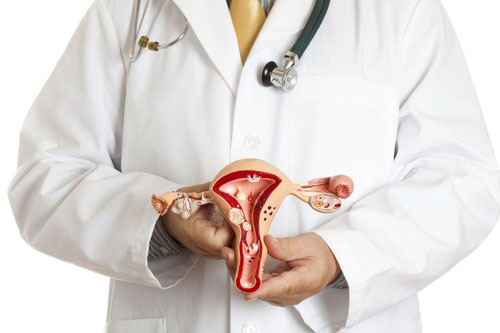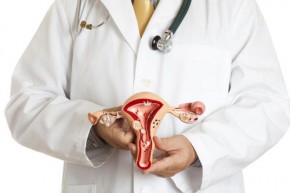HYSTEROSCOPY DIAGNOSIS IN THE HOSPITAL
Hysteroscopy is a diagnostic procedure that allows direct visualization of the cervical canal and the uterine cavity.
The hysteroscopy or outpatient consultation is a technique to diagnose and treat much of the intracavitary uterine pathology in a single act, leaving the operating room very selected cases.
The diagnostic hysteroscopy involves inserting a lens (hysteroscope) through the cervix to visualize the uterine cavity.
A camera can be adapted to the lens and connected to a monitor to make scanning easier. Likewise, a video can be adapted to record the images that are obtained.
When the same hysteroscopic technique already mentioned is used to take samples, resect endometrial formations or intervene, it is called surgical .
How is it performed?
The patient lies in a gynecological position and a speculum is placed to widen the vaginal opening. Subsequently, the vagina and cervix are cleaned with an iodine solution and the neck is clamped to hold it.
Next, the hysteroscope is adapted to the canal through the external cervical os and is introduced slowly, causing the gas or distension medium to expand the internal cervical os.
Occasionally, you need to administer anesthesia in the cervix through injections into it.
When is it indicated?
- When there are alterations of the menstrual cycle and metrorrhagia.
- To carry out sterility or infertility studies (repeat abortions).
- For the diagnosis of morphological alterations of the uterine cavity (polyps, myomas, hyperplasia).
- To locate foreign bodies or placental remains.
- To perform the study and control of uterine malformations (septa).
What is surgical hysteroscopy?
It must be performed with liquid distension means since bleeding occurs and the use of a distention medium such as CO2 would increase the risk of gas embolism.
If electrosurgery is not used or it is bipolar, any of the three liquid distension means discussed above may be used.
If the electrosurgery is of the monopolar type, hysteroscopy with Glycine or Dextran should always be performed.
Often surgical hysteroscopy is done with epidural, spinal or general anesthesia.


